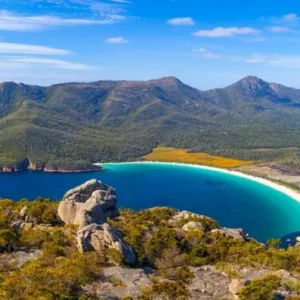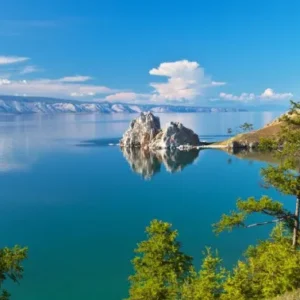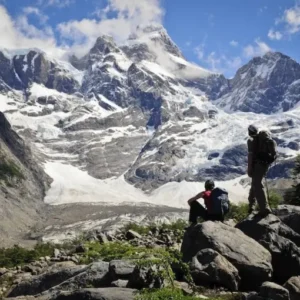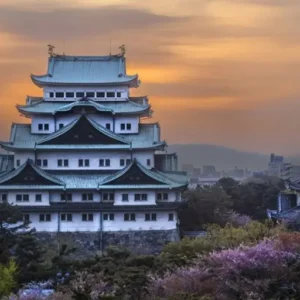There are moments in life when time stands still.
When the wind hushes. The sky darkens. And then—just like that—
The universe begins to dance.
Greens ripple like liquid silk. Violets and deep ambers swirl across the heavens. You forget where you are. You forget who you are. Because nothing matters more than this celestial miracle unraveling right above your head.
That’s the Northern Lights. And there’s no place quite like Iceland to witness their wild magic.
But here’s the truth: they don’t just appear on command.
They demand patience. Stillness. Timing.
And that’s why knowing the best time to visit Iceland for Northern Lights makes all the difference between simply traveling—and truly transforming.
The Heartbeat of the Lights: What Makes Iceland So Special?
Iceland is more than a destination; it’s an atmosphere. A mood. A realm where fire and ice coexist, where volcanoes hiss beneath glaciers, and where dark winters carry the promise of light not from the sun, but from the stars themselves.
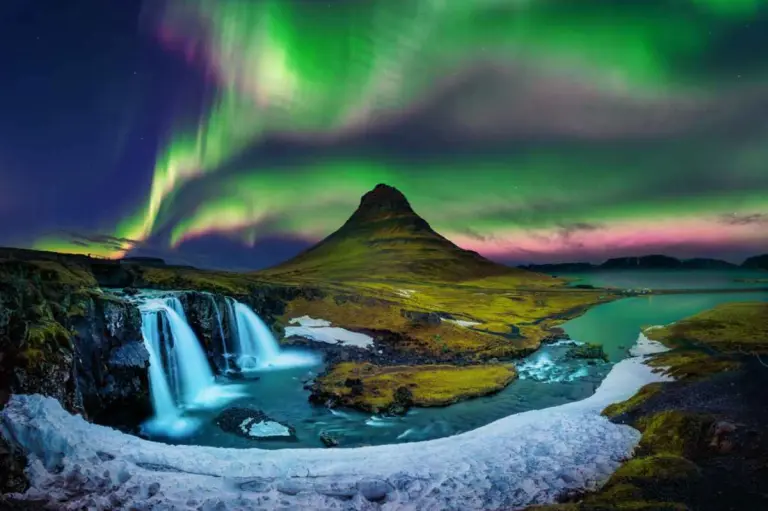
>> Hákarl: Iceland rotten Shark that tourists dare to eat
What makes Iceland ideal for aurora hunting?
- Its proximity to the Arctic Circle, right in the auroral oval.
- Low light pollution — especially outside Reykjavík.
- Long, dark winter nights that give the aurora space to dance.
But timing? That’s everything.
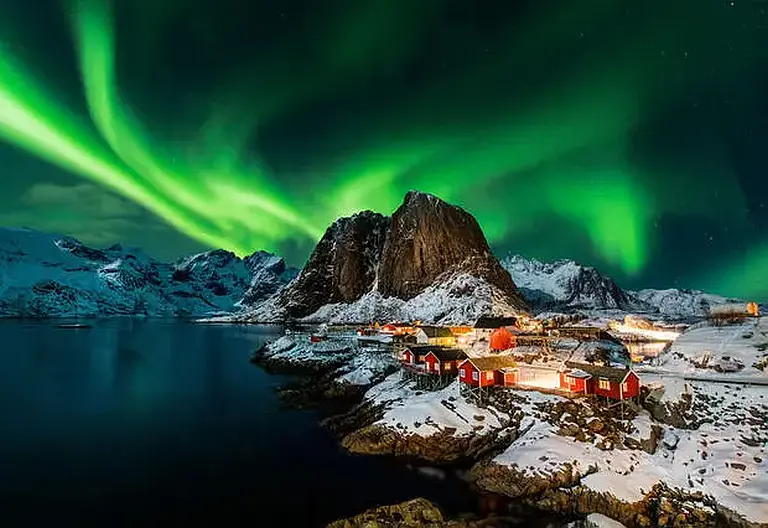
So, When Exactly is the Best Time to Visit Iceland for Northern Lights?
The window of opportunity runs from late September to early April.
But let’s break it down like a traveler—not a brochure.
September to October – The Season of Mystery
The air is still warm enough to wander without ten layers, and the autumnal landscape glows with gold and rust. Nights are long enough for aurora activity, but the skies can be cloudy.
Perfect for: Travelers who want to combine Northern Lights with fall foliage, fewer crowds, and milder weather.
November to February – The Deep Winter Magic
This is Iceland’s true aurora prime time.
With nearly 20 hours of darkness in midwinter and frigid, crisp air, the Northern Lights are more frequent, more intense, and often visible for hours on end—if the sky is clear.
But be warned: Weather can be brutal. Snowstorms may cancel tours. Roads can close.
Still, this is when the lights most often reward the brave.Best for: Aurora hunters who crave maximum darkness, high chances, and don’t mind bundling up.
March to Early April – The Gentle Goodbye
As winter softens its grip, the days grow longer, but darkness still lingers enough for aurora sightings. Roads are more manageable, and there’s a sense of thawing and transition.
Ideal for: Those who want to see the Northern Lights and enjoy Iceland’s spring revival—waterfalls thawing, landscapes reawakening.

>> Silfra: The marvelous rift where two continents meet
But Wait—It’s Not Just About the Month
To truly meet the aurora, you need more than a calendar.
Here’s what matters:
- Total darkness: Avoid full moons. Go far from city lights.
- Clear skies: Even the strongest aurora is invisible behind clouds.
- High solar activity: Follow the KP Index (you’ll want KP 4+ for southern Iceland, less for the north).
- Staying up late: Prime viewing hours? Between 10 PM and 2 AM.
Tip: Download apps like My Aurora Forecast to track real-time conditions. Better yet, join a guided aurora tour—they know exactly where to chase the skies.
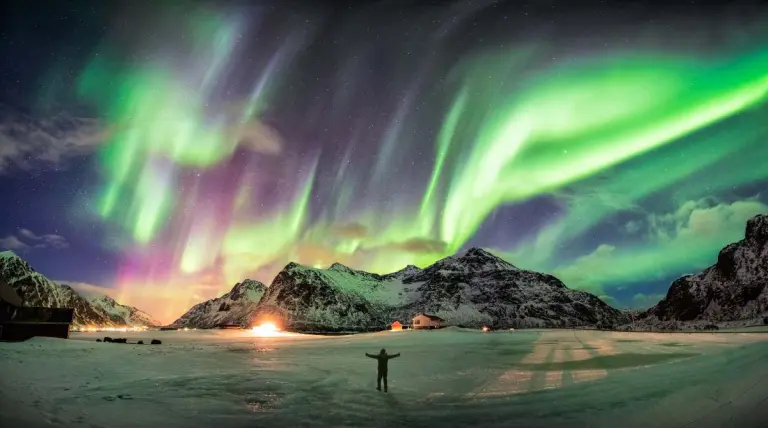
>> Exploring the global “Doomsday” seed vault on Svalbard Island, Norway
Where in Iceland Should You Go?
Some of the best Northern Lights viewing spots include:
- Thingvellir National Park – history meets sky magic.
- Jökulsárlón Glacier Lagoon – reflections of auroras on ice-strewn water.
- Vík and Reynisfjara Beach – auroras over black sand and basalt columns.
- Akureyri (North Iceland) – often clearer skies than the south.
- Hótel Rangá (Hella) – famous for wake-up calls when the lights appear.
But honestly? Sometimes, the best place… is just pulling over in the middle of nowhere, turning off your car, and looking up.
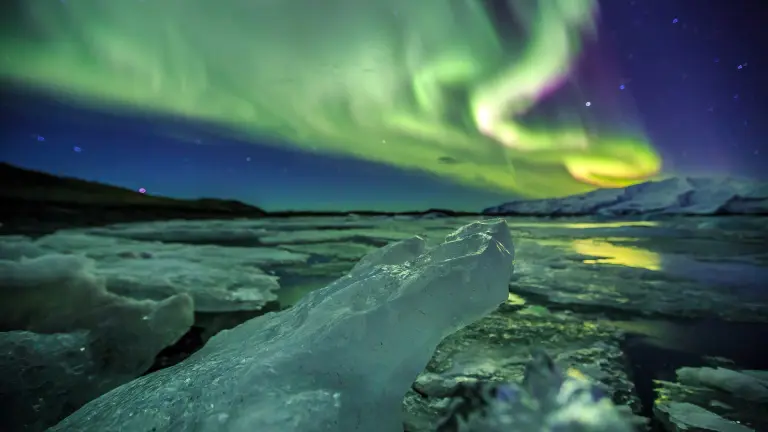
>>
How to Maximize Your Chances
- Stay at least 5-7 nights – the aurora is elusive, and longer stays = more chances.
- Rent a car – mobile freedom is key to escaping cloud cover.
- Go in winter, but don’t obsess over it – some of the most vibrant displays happen in shoulder months.
- Be ready to wait – bring a thermos of hot chocolate, layer up, and treat it like stargazing. Because that’s what it is: a slow-burning miracle.
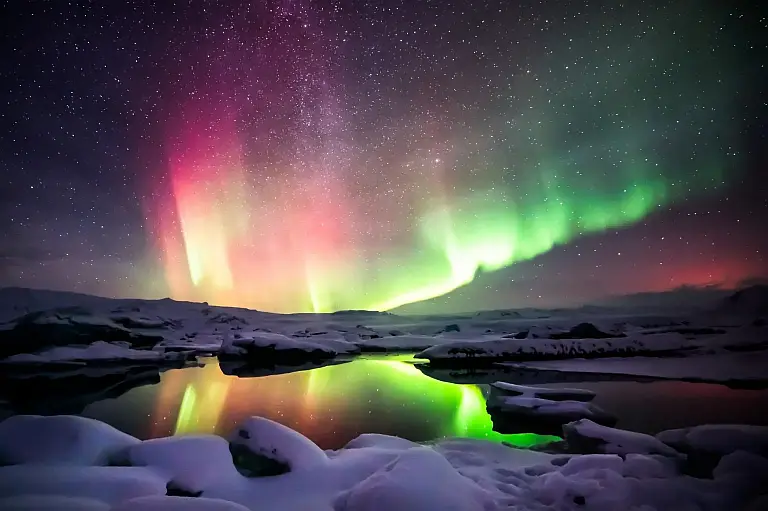
>> Untamed beauty of Kakadu – Australia’s wild northern treasure
The Aurora Teaches You This
You don’t chase the Northern Lights.
You wait. You listen. You show up with quiet awe.
And if you’re lucky—if Iceland deems you worthy—
The sky will bloom for you.
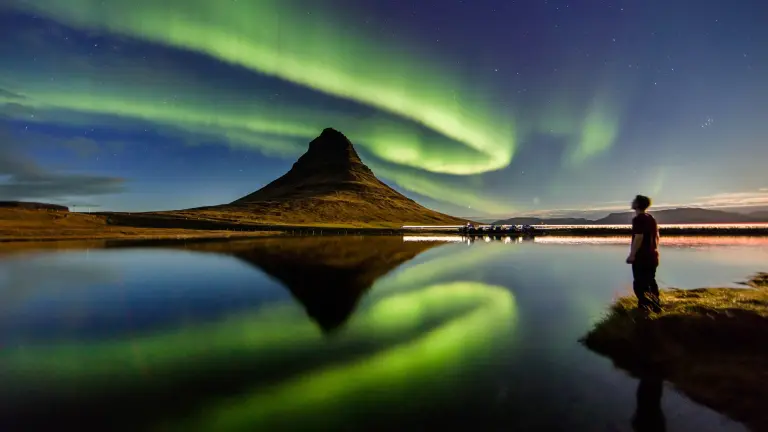
So when you ask, “What’s the best time to visit Iceland for Northern Lights?”
The real answer is this:
When your heart is ready to be humbled.
When your soul craves wonder more than warmth.
When you’re willing to surrender the clock… and watch the sky instead.

